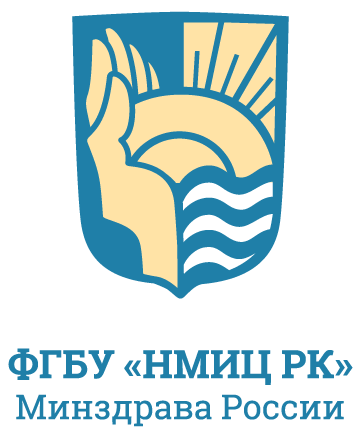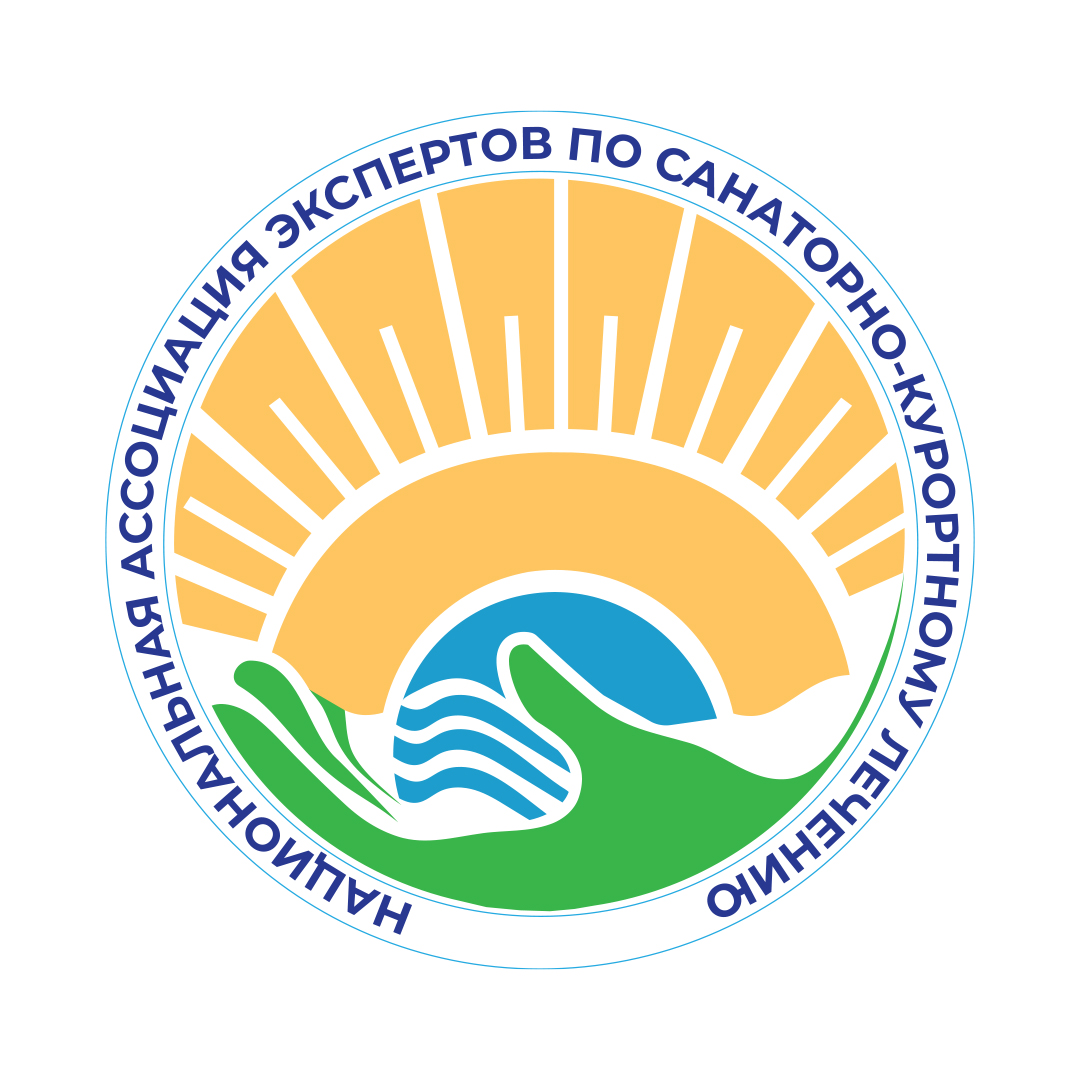Issue 6-22, 2023
Original article
Efficiency of Remote Monitoring of Rehabilitation of Patients after Myocardial Infarction
1 ![]() Dmitriy A. Elfimov,1
Dmitriy A. Elfimov,1 ![]() Irina V. Elfimova ,1
Irina V. Elfimova ,1 ![]() Mikhail D. Kosterin ,1
Mikhail D. Kosterin ,1 ![]() Alyona A. Golubeva ,2
Alyona A. Golubeva ,2 ![]() Olga V. Andreeva
Olga V. Andreeva
1Tyumen State Medical University
2Municipal Polyclinic No. 17
ABSTRACT
INTRODUCTION. Rehabilitation of cardiac patients is based on a set of measures of a rehabilitation nature (medical, physical, social, psychological and pedagogical). The purpose of this type of activity is aimed at restoring health as much as possible in a particular case, as well as psychological status. Despite widespread urbanization, the share of rural residents still remains significant and amounts to 25.1 %. They face limited access to health care more often than urban populations. This is especially true for the population of remote areas.
AIM. Evaluation of the effectiveness of the use of remote technologies during rehabilitation measures in patients who have suffered an acute myocardial infarction.
MATERIALS AND METHODS. The study included 200 patients who had suffered acute myocardial infarction, receiving outpatient rehabilitation at the City Clinic No. 17, living in the city of Tyumen. The patients were divided into two equal groups of 100 people. The average duration of treatment in both groups was 21 days. The rehabilitation program included a therapeutic and physical training complex, which took place in a face-to-face group as part of joint classes, and in a remote group — at home using video instructions, previously sent by email.
RESULTS AND DISCUSSION. Rehabilitation with the use of remote technologies showed a result comparable to the full-time program. In both groups, there is a statistically significant improvement in the indicators of the Rankin, and rehabilitation routing scales. However, according to the Aronov scale, positive changes are present only in the remote group.
CONCLUSION. Based on the results of the study, a conclusion was made about the comparable effectiveness of cardiac rehabilitation in full-time and remote groups. This suggests that biomedical technologies can be used in the implementation of cardiac rehabilitation programs in areas remote from large settlements.
KEYWORDS: cardiac rehabilitation, physical therapy, outpatients, health services accessibility
FUNDING: The study had no sponsorship.
CONFLICT OF INTEREST: The authors declare no apparent or potential conflicts of interest related to the publication of this article.
FOR CITATION: Elfimov D.A., Elfimova I.V., Andreeva O.V., Kosterin M.D., Golubeva A.A. Efficiency of Remote Monitoring of Rehabilitation of Patients after Myocardial Infarction. Bulletin of Rehabilitation Medicine. 2023; 22(6):55-66. https://doi.org/10.38025/2078-1962-2023-22-6-55-66 (In Russ.).
ДЛЯ КОРРЕСПОНДЕНЦИИ:
Irina V. Elfimova, E-mail: iyelfimova@mail.ru, elfimovaiv@tyumsmu.ru
References:
- Kristian T., Alpert J.S., Jaffe A.S. et al. Четвертое универсальное определение инфаркта миокарда (2018). Российский кардиологический журнал. 2019; 24(3): 107–138. https://doi.org/10.1161/cir.0000000000000617 [Fourth universal definition of myocardial infarction (2018) Russian Journal of Cardiology. 2019; 24(3):107–138. https://doi.org/10.1161/cir.0000000000000617 (In Russ.).]
- Akpinar F.M., Oral A. Does Exercise-Based Cardiac Rehabilitation Reduce Mortality and Hospitalization Rates After Heart Valve Surgery? A Cochrane Review Summary with Commentary. American Journal of Physical Medicine & Rehabilitation. 2023; 102(2): 169–171. https://doi.org/10.1097/phm.0000000000002129
- Aydin N.S. et al. Effects of hospital-based cardiac rehabilitation and home-based exercise program in patients with previous myocardial infarction. Cumhuriyet Medical Journal. 2018; 40(1): 34–42. https://doi.org/10.7197/223.vi.407614
- Choi H.Y. et al. Superior effects of high-intensity interval training compared to conventional therapy on cardiovascular and psychological aspects in myocardial infarction. Annals of rehabilitation medicine. 2018; 42(1): 145–153. https://doi.org/10.5535/arm.2018.42.1.145
- Copotoiu M. et al. Is Physical Therapy the Early Solution for PostAcute Myocardial Infarction Patients? A Meta-Analysis. Journal of Interdisciplinary Medicine. 2020; 5(4): 141–145. https://doi.org/10.2478/jim-2020-0026
- Dagner V., Clausson E.K., Jakobsson L. Prescribed physical activity maintenance following exercise based cardiac rehabilitation: factors predicting low physical activity. European Journal of Cardiovascular Nursing. 2019; 18(1): 21–27. https://doi.org/10.1177/1474515118783936
- Dibben G.O., Faulkner J., Oldridge N. et al. Exercise-based cardiac rehabilitation for coronary heart disease: a meta-analysis. European Heart Journal. 2023; 44(6): 452–469. https://doi.org/10.1093/eurheartj/ehac747
- Ekblom O., Ek A., Cider A. et al. Increased physical activity post-myocardial infarction is related to reduced mortality: results From the SWEDEHEART Registry. Journal of the American Heart Association. 2018; 7(24): e010108. https://doi.org/10.1161/jaha.118.010108
- Ganna M. et al. Evaluation of the Impact of Cardiac Rehabilitation Program on Post-MI Patients, Egyptian Experience. The Medical Journal of Cairo University. 2022; 90(9): 1451–1457. https://doi.org/10.21608/mjcu.2022.264600
- Goldstein D.W., Hajduk A.M., Song X. et al. Factors associated with cardiac rehabilitation participation in older adults after myocardial infarction: THE SILVER-AMI STUDY. Journal of Cardiopulmonary Rehabilitation and Prevention. 2022; 42(2): 109–114. https://doi.org/10.1097/hcr.0000000000000627
- Hurdus B., Munyombwe T., Donndo T. et al. Association of cardiac rehabilitation and healthrelated quality of life following acute myocardial infarction. Heart. 2020; 106(22): 1726–1731. https://doi.org/10.1136/heartjnl-2020-316920
- Ivana D., Tjahjono C.T. Cardiac Rehabilitation to Prevent Rehospitalization in Myocardial Infarction Patients. Clinical and Research Journal in Internal Medicine. 2022; 3(2): 324–331. https://doi.org/10.21776/ub.crjim.2022.003.02.6
- Korzeniowska-Kubacka I., Bilinska M., Piotrowska D. et al. Impact of exercise-based cardiac rehabilitation on attitude to the therapy, aims in life and professional work in patients after myocardial infarction. Medycyna Pracy. 2018; 70(1): 1–7. https://doi.org/10.13075/mp.5893.00701
- Muminović Ž., Ivanuša M. Cardiovascular rehabilitation dose for patients after their first myocardial infarction. Cardiologia Croatica. 2022; 17(9–10): 336. https://doi.org/10.15836/ccar2022.336
- Nabutovsky I., Levin C., Yeshayahu S. et al. Rehabilitation of the unmotivated: remote cardiac rehabilitation among patients of all risk levels who reported unwillingness to participate in hospital-based rehabilitation. European Journal of Preventive Cardiology. 2022; 29(1): 056.307. https://doi.org/10.1093/eurjpc/zwac056.307
- Novaković M., Rajkovic U., Kosuta D. et al. Effects of Cardiac Rehabilitation and Diet Counselling on Adherence to the Mediterranean Lifestyle in Patients after Myocardial Infarction. Nutrients. 2022; 14(19): 4048. https://doi.org/10.3390/nu14194048
- Seron P., Oliveros M.-J., Gutierrez-Arias R. et al. Effectiveness of telerehabilitation in physical therapy: a rapid overview. Physical therapy. 2021; 101(6): 053. https://doi.org/10.1093/ptj/pzab053
- Tudor C.L., Dhinagaran D.A., Kyaw B.M. et al. Conversational agents in health care: scoping review and conceptual analysis. Journal of medical Internet research. 2020; 22(8): e17158. https://doi.org/10.2196/17158
- Ul-Haq Z., Khan D., Hisam A. et al. Effectiveness of cardiac rehabilitation on healthrelated quality of life in patients with myocardial infarction in Pakistan. Journal of the College of Physicians and Surgeons — Pakistan. 2019; 29(9): 803–809. https://doi.org/10.29271/jcpsp.2019.09.803
- Waite I., Pearson C., Greenwood S. Morbidity and Mortality Following Heart Failure Rehabilitation: The Effect of Programme Completion and 6-min Walk Test Distance. Clinical Rehabilitation. 2023; 37(8): 1052–1061. https://doi.org/10.1177/02692155231154127
- Xiao M., Li Y., Guan X. Community-based physical rehabilitation after percutaneous coronary intervention for acute myocardial infarction. Texas Heart Institute Journal. 2021; 48(2): e197103. https://doi.org/10.14503/thij-19-7103
- Xing Y., Yang S.-D., Wang M.-M. et al. The beneficial role of exercise training for myocardial infarction treatment in elderly. Frontiers in physiology. 2020; 11: 270. https://doi.org/10.3389/fphys.2020.00270
- Zheng X., Zheng Y., Ma J. et al. Effect of exercise-based cardiac rehabilitation on anxiety and depression in patients with myocardial infarction: a systematic review and meta-analysis. Heart & Lung. 2019; 48(1): 1–7. https://doi.org/10.1016/j.hrtlng.2018.09.011
- Τrevlaki E., Zarra E., Trevlakis E. et al. Effect of exercise-based cardiac rehabilitation on cardio metabolic risk profile at patients after Myocardial Infarction. International Journal of Science and Research Archive. 2022; 7(1): 160–165. https://doi.org/10.30574/ijsra.2022.7.1.0195

The content is available under the Creative Commons Attribution 4.0 License.
©
This is an open article under the CC BY 4.0 license. Published by the National Medical Research Center for Rehabilitation and Balneology.




